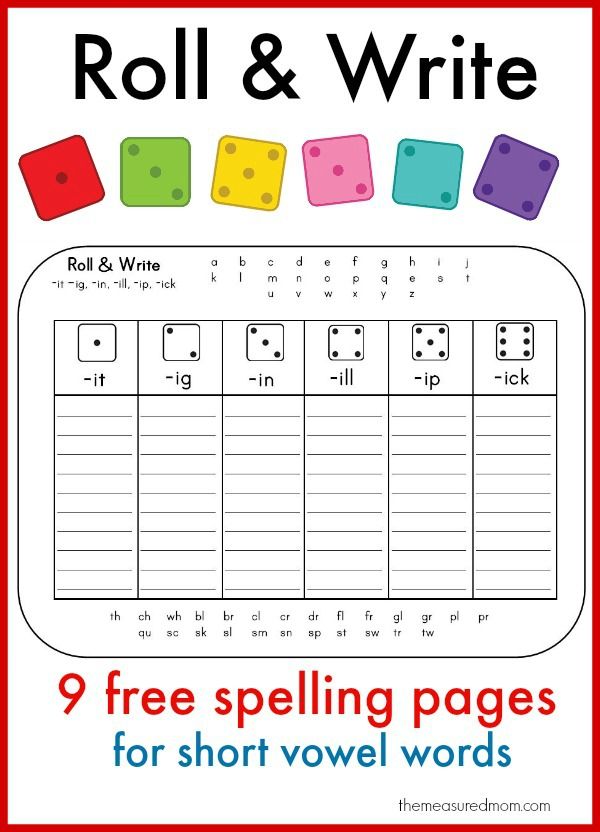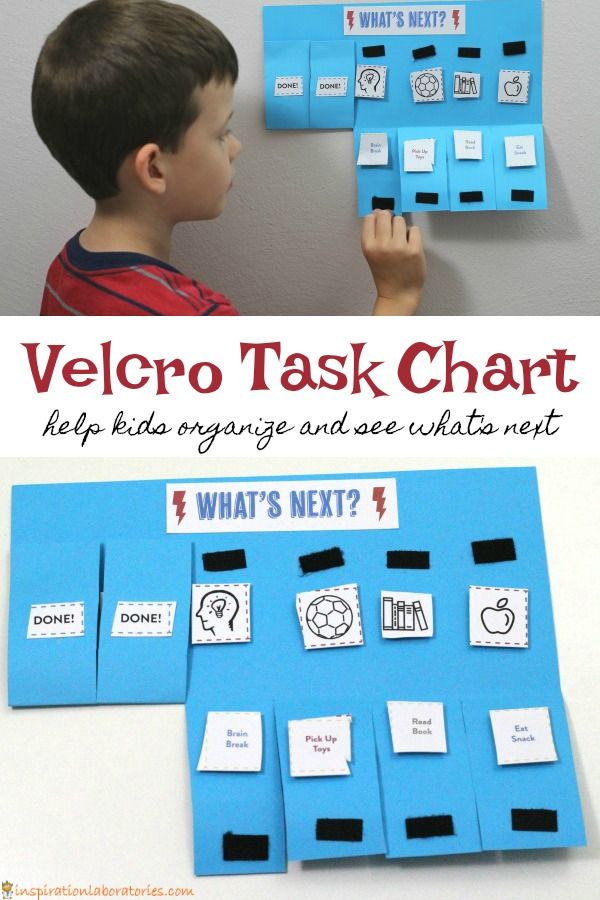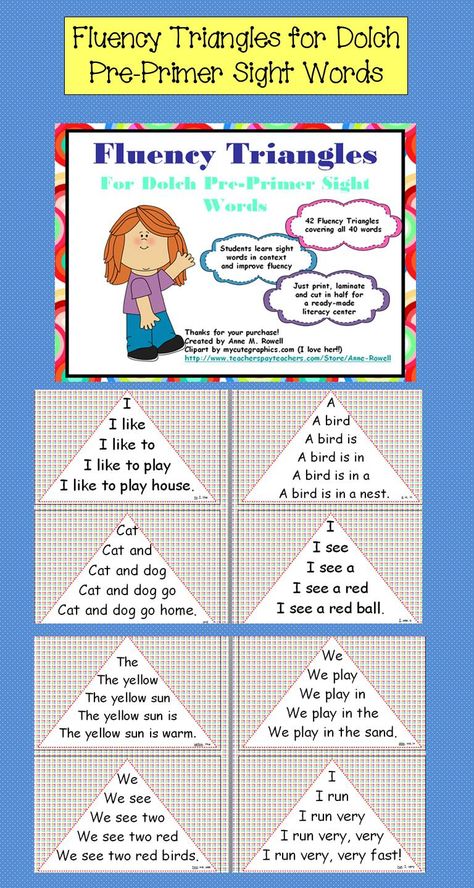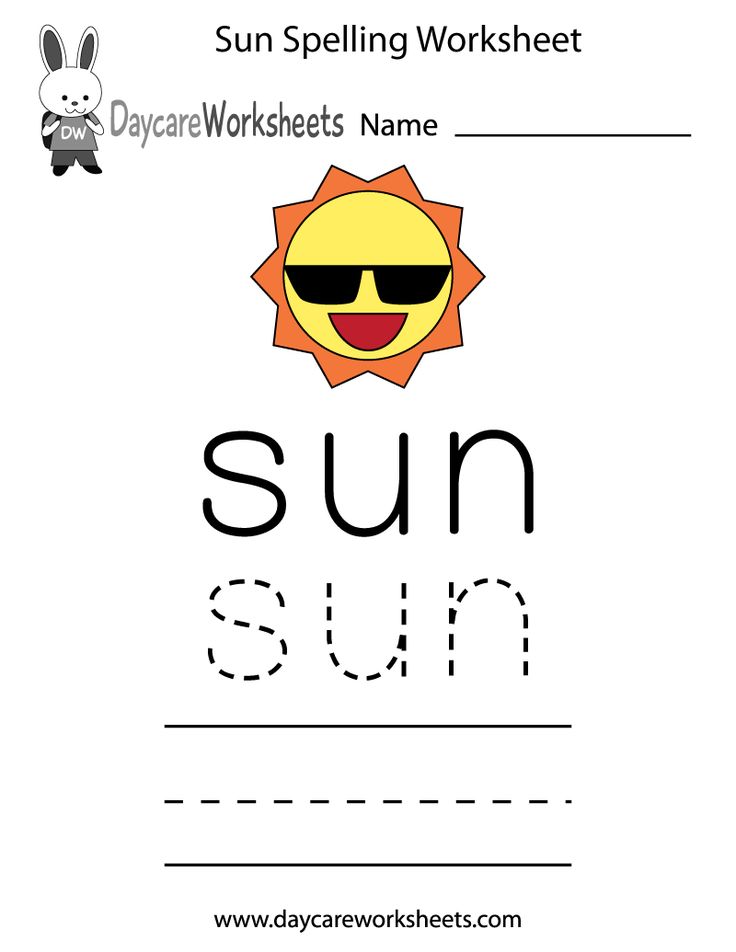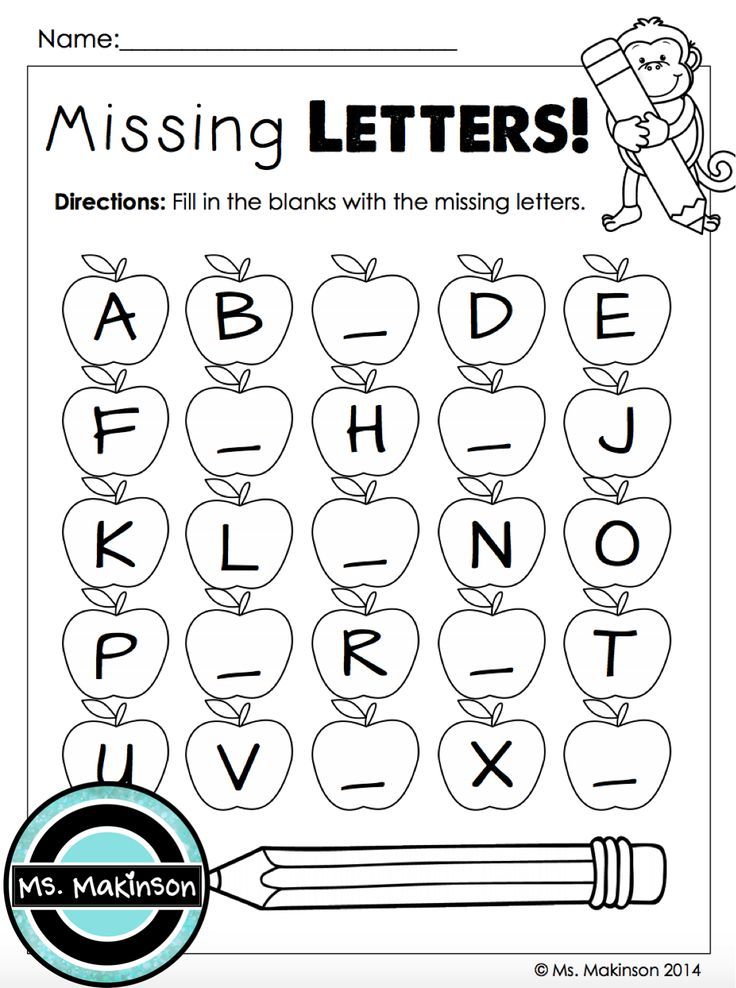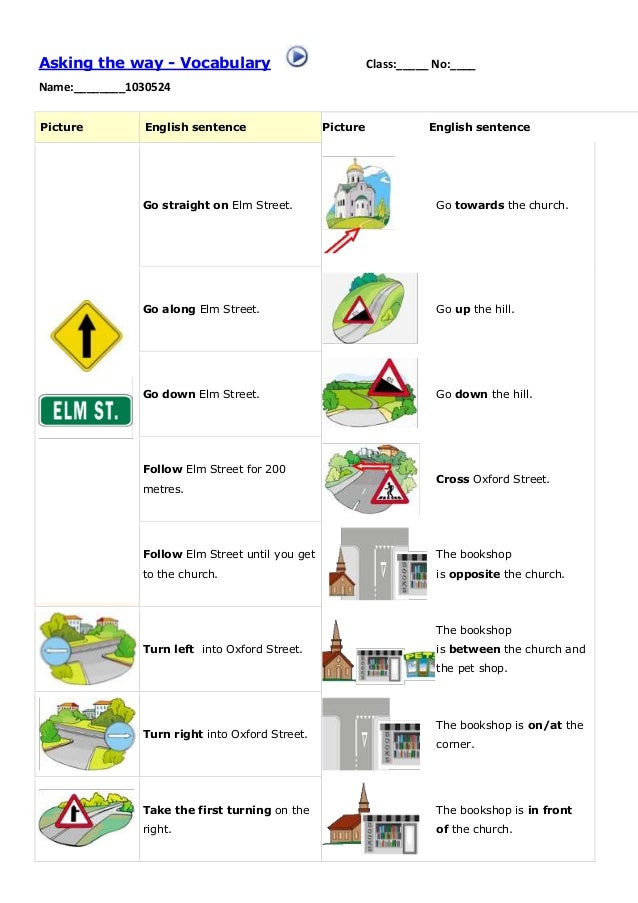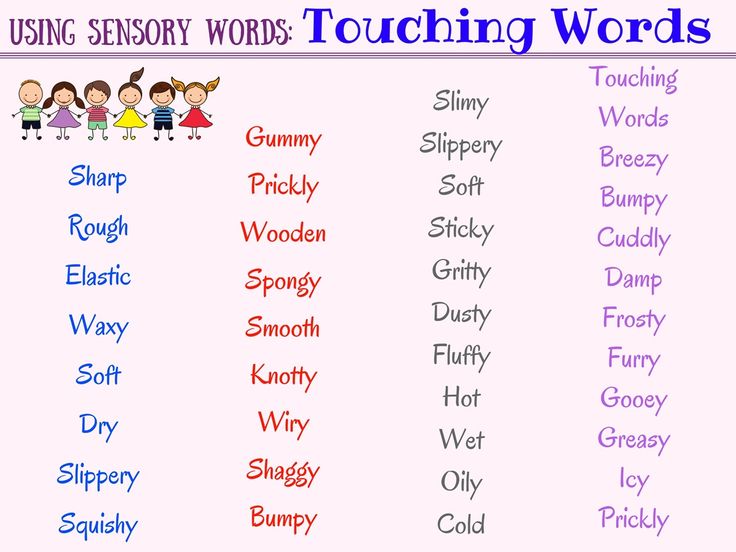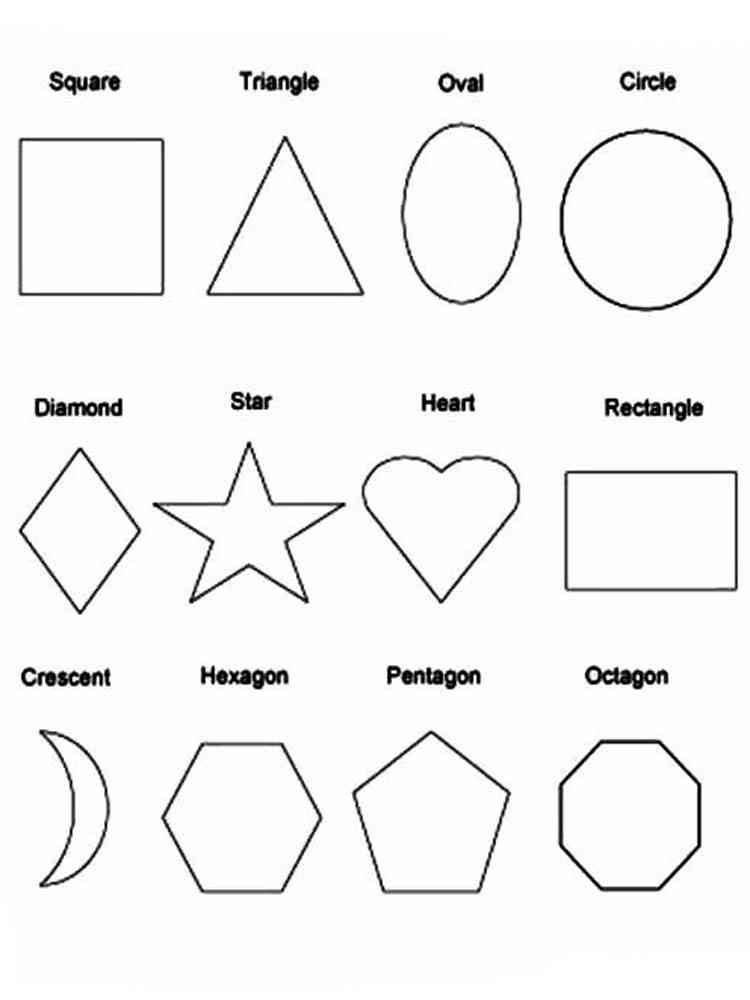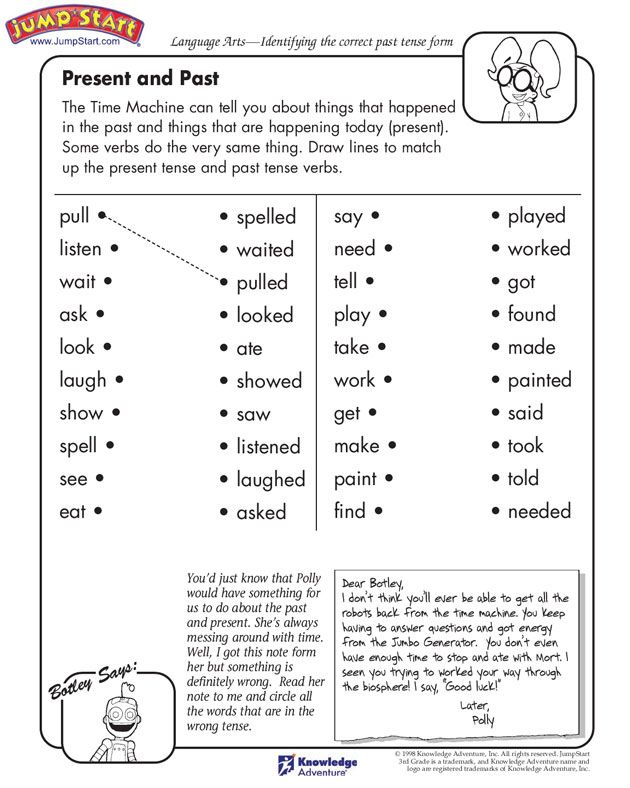Short vowels activity
5 Fun Short Vowel Activities That Only Take 5 Minutes
Do your students confuse their short vowel sounds? Maybe they substitute e for a? Or i for e? Or just need more practice in general?!
The short vowel sounds can be so tricky, especially for students who have certain accents. In the southern United States, where I live, sometimes the e and i sound exactly the same!!
Accent or no accent, I find that my students need lots of practice differentiating between the short vowel sounds. They need practice when they’re first learning the sounds, of course, but ALSO later on. Once they learn long vowel sounds, things can get confusing, and we need to come back and review the short vowel sounds too!
In this post, I’ll share 5 short vowel activities that are fun, low prep, and only take a few minutes to implement. Plus I’ve got
4 freebies for you! 🙂 Make sure to read all the way through the post so you don’t miss any of these freebies.
In this activity, you say a word with a short vowel sound aloud. Students have to listen, repeat the word, identify the correct short vowel, and hold up the corresponding puppet.
In addition to holding up the puppet, students should identify the vowel. You can have them say the sound. Or, even better, have them say the letter name and sound: “A says /a/.”
Here’s an example:
You say the word “fish.”
Students say: “Fish.” Students hold up the “i” puppet. Students say: “I says /i/.”
It takes a little time to make the puppets, but once they’re done, you can use them over and over and over again!
You can download the templates HERE!
Activity #2: Sand Writing
Having kids trace a vowel in sand while saying the sound is an easy, engaging multisensory activity!
Just put sand on a paper plate, in an aluminum pie tin, or on a small tray. I like to use colored sand, like this (that’s an Amazon affiliate link), but regular sand works just fine too.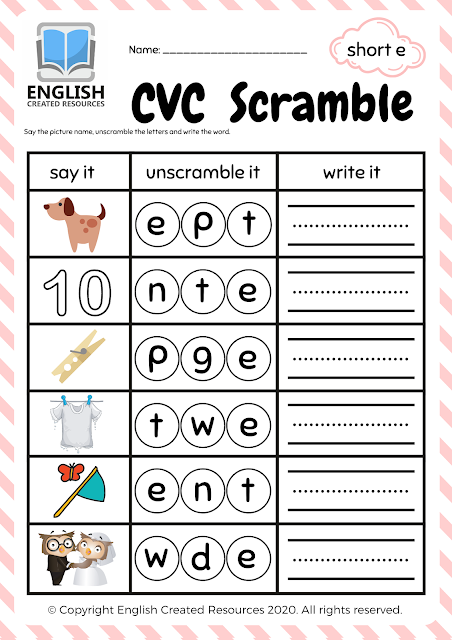
There are a few different things you can do with sand:
Option 1: Say a short vowel sound (i.e. /u/). Students repeat the sound. Students then write the correct letter in sand. While they are writing the letter, they say the letter name and sound (“U” says /u/).
Option 2: Use the same procedures for activity #1, where you say a short vowel word and students identify and write the vowel sound they hear. You’ll still want students to say the letter name and sound while they trace.
If you’re out of sand or want to change things up…try the free Sand Draw app!
Although it’s not quite the same as real sand, kids still get the sensory experience of tracing with their finger while saying the sound aloud.
Activity #3: Picture Sorts
This activity is simple but helpful for students who are having trouble differentiating between the vowel sounds.
Give students a set of picture cards for 2-3 sounds total (i.e., some pictures for a, i, and u). Have them name each picture out loud.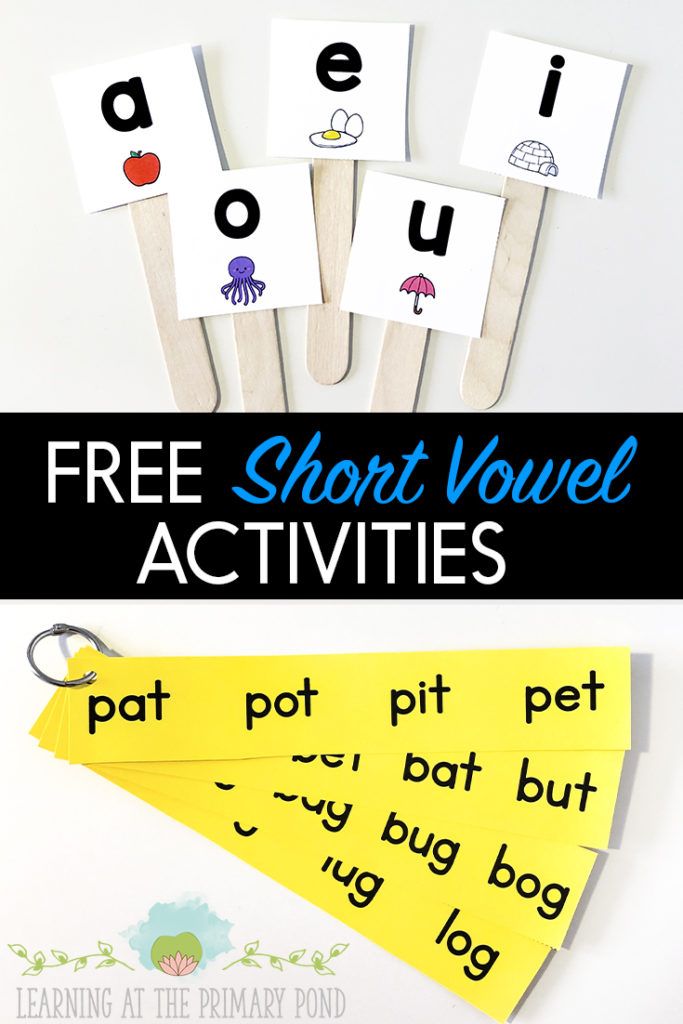 Then, have them sort the pictures. When they’re finished, they can “read down” the column of pictures, again naming each picture. Once a student finishes reading down the column, he/she identifies the vowel sound that those pictures all contain.
Then, have them sort the pictures. When they’re finished, they can “read down” the column of pictures, again naming each picture. Once a student finishes reading down the column, he/she identifies the vowel sound that those pictures all contain.
If you need pictures for sorting, you can grab some HERE!
Activity #4: Vowel Fluency Strips
Even when students know the short vowel sounds, they may not always read them correctly in words!
To help them apply that knowledge, they need lots of practice. In-context practice is important (reading real texts), but isolated practice can be helpful too.
These (free) fluency strips are a great way for students to practice paying close attention to the vowel sound in a word!
If it helps, students can highlight all the vowels before they read across the strip.
Or, you can laminate the strips and have them use dry erase markers. You can put the strips on a ring, too!
A few of the words in the freebie may be unknown to students, so make sure to talk about what they mean, as well.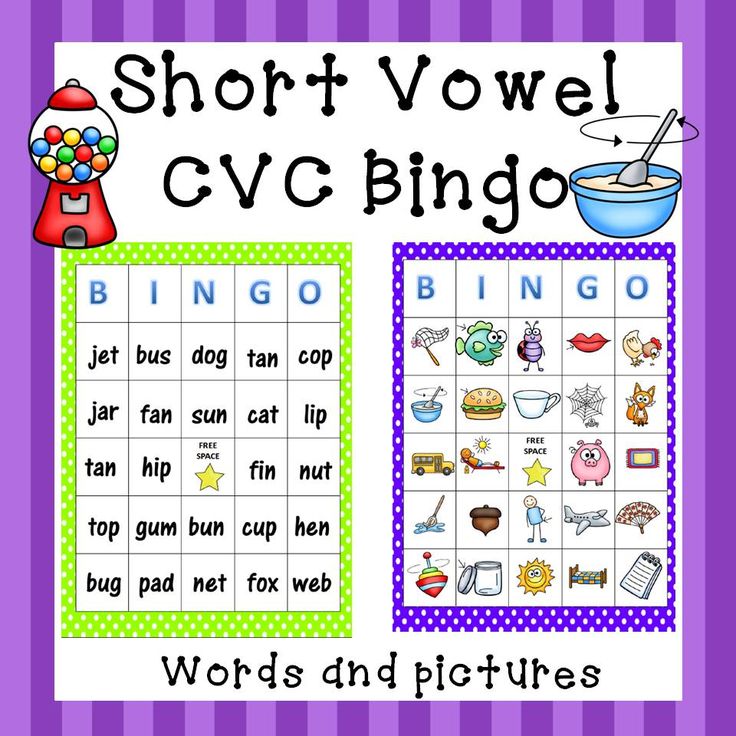
Grab the vowel fluency strips HERE!
Activity #5: Short or Long?
As I mentioned at the beginning of the post, students tend to experience vowel confusion once they start learning long vowel sounds.
It’s important to go back and review short vowel sounds (and contrast them to the long sounds). Word sorts and picture sorts are great for this. Another fun, simple activity is a game we play called “Short or Long?”
You say a word (or even just a vowel sound), and students have to call out the vowel sound and whether it is long or short (i.e., “Long A!”).
If you have Slinkys or rubber bands, students can stretch or contract them as they call out the vowel sound (i.e. stretching the rubber band long for a long vowel sound).
If you’re working in a larger group setting, you may want to have students write on a whiteboard rather than call out their answer.
Need More Phonics Activities?
I hope these ideas were helpful to you!! A couple more ideas (I know, I know, I only said 5 but I can’t help myself!) Check out my no-prep phonics games for Kindergarten and 1st grade.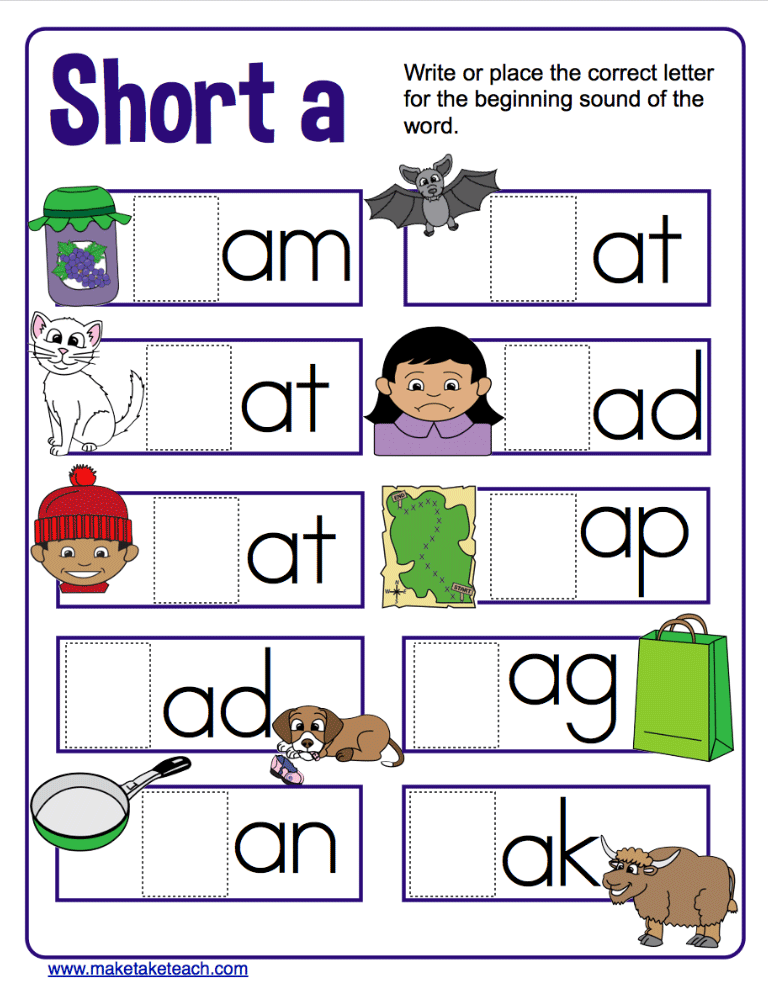 There’s a specific set for each of those grades geared towards CVC words.
There’s a specific set for each of those grades geared towards CVC words.
Other products for CVC words would be the Kindergarten Decodable Readers for CVC words (Set 1 and Set 2) and the 1st Grade Decodable Readers for CVC words. Options are endless!
I also have one more bonus freebie for you – customizable word work games to help your students practice short vowel words or any other words of your choice!
There are many more activities for short vowels and other skills in my phonics program, From Sounds to Spelling.
From Sounds to Spelling is a comprehensive program that addresses:
- Phonological awareness
- Phonics – including decoding and spelling
- High frequency words
- Handwriting
The program includes:
- Complete lesson plans
- Games and activities for students (i.e. for independent work or small group)
- Decodable texts
- Phonics posters
- Leveled materials for differentiation
To learn more about this Kindergarten, 1st grade, and 2nd grade phonics program, click on the image below:
Happy teaching!
8 Simple and Fun Short Vowel Sound Activities for all Ages
Want to lessen the anxiety that comes with pronunciation-focused classes and get students excited to learn?
Here are eight simple and fun short vowel sound activities you can use to teach students of any age or level:
1.
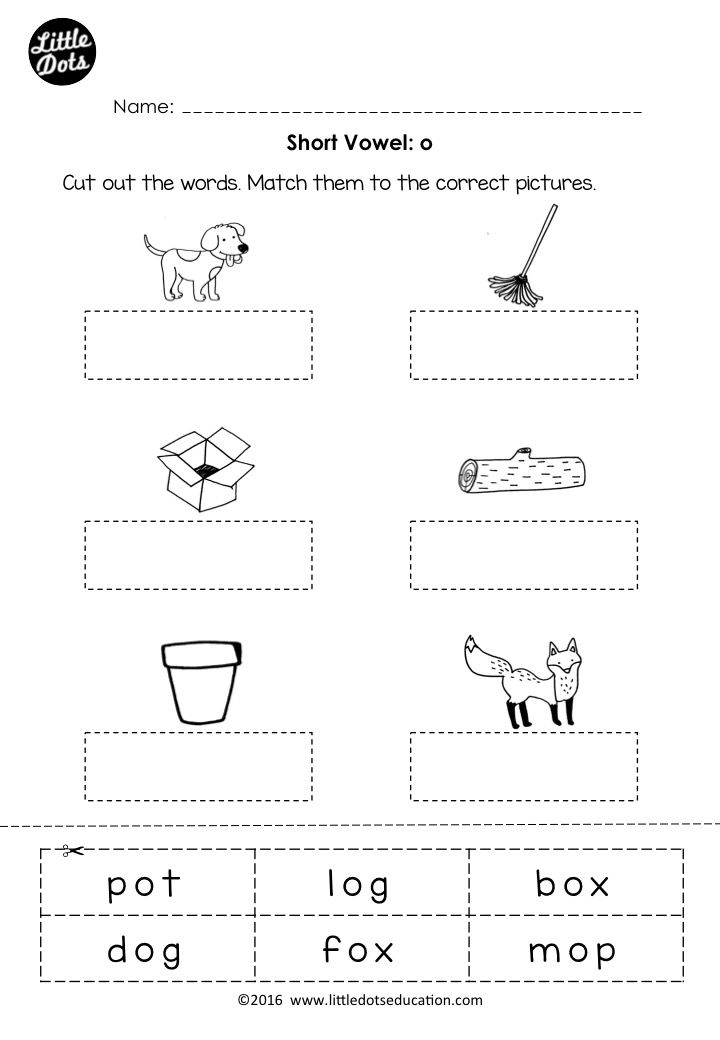 Pronunciation Maze
Pronunciation MazeBest suited for children.
You’ll need to prepare a worksheet filled with words in a maze layout for this activity. Students have to make their way through the word maze by finding words with the same vowel sounds.
It goes without saying that you should tailor the maze to their English level. Some students may find it too easy, and that’s fine. The focus of the activity is making the students aware of the vowel sounds, getting them to use them, and helping them hear the difference between similar sounds, like “bit” and “beat,” for example.
Pronunciation mazes work well because they help students notice patterns, like words with “ea” sounding the same.
Here’s a maze for the short “u” sound
Here’s a maze for the “oo” sound, as in “book.”
Here’s a maze for the “o,” “ou,” and “u” sounds.
Looking for a helpful resource for teaching short vowel sounds effectively? Check out the Creativa course Mastering North American Pronunciation.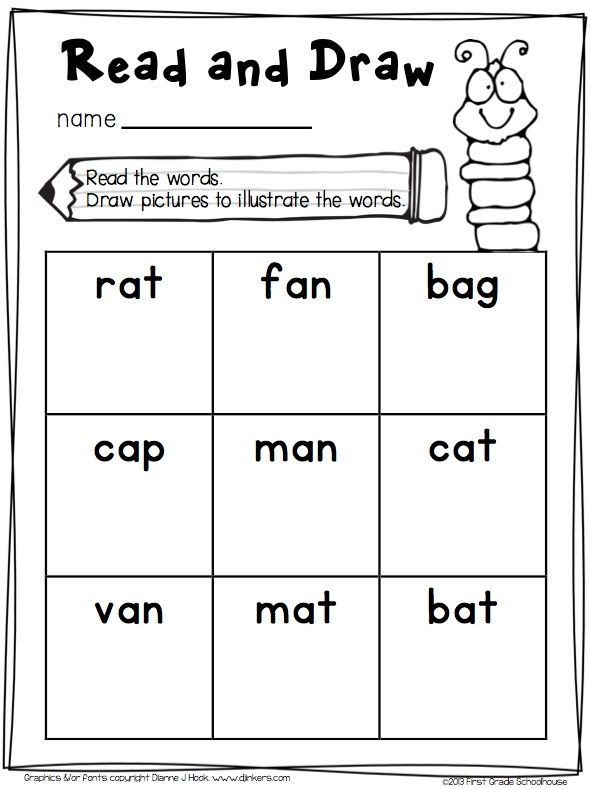 Our team has carefully designed the course with high-quality, engaging videos that dive deep into every area of English pronunciation so learners can speak fluently sooner.
Our team has carefully designed the course with high-quality, engaging videos that dive deep into every area of English pronunciation so learners can speak fluently sooner.
Don’t miss the video episode on short vowel sounds that features real-life examples and tips you won’t find in coursebooks! Check out this free video from the course and get started today.
2. Shadow Reading
Suitable for any age and level.
Shadowing, or shadow reading, is a technique where you repeat an audio or video just after hearing it. You’re acting like an “echo” or a “shadow” (hence the name). Students listen to the words and then say them back out loud, focusing on the correct pronunciation of the sounds rather than vocabulary.
There are two ways you can use the shadow reading exercise:
- With an audio or video clip.
- With a text, like material from your coursebook, if you use one.
There are a few obvious benefits to shadow reading or shadowing:
- Students can do it on their own.
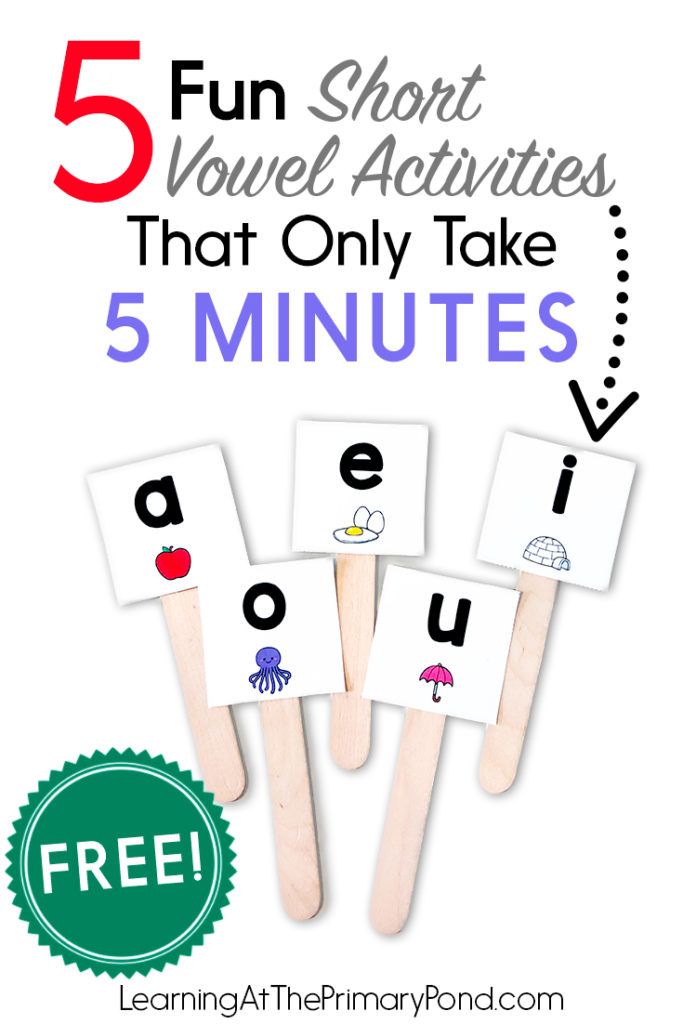
- It takes only about 15 minutes.
- It improves listening, prosody, and intonation.
- It’s often free– no need to print materials, etc. Just access to audio, videos, or an existing text.
Steps for shadowing:
- Find a suitable audio clip or video for your student’s level. You can use Youtube, Netflix, and even podcasts for English learners.
- The student listens once for context. It undoubtedly helps when the student understands the context of an audio or video before repeating the dialog. Get them to listen once, so you’re sure they understand the context and all the essential vocabulary.
- The student shadows the audio/video with a transcript. Speaking along while reading a transcript helps the student better understand the context and gives them the chance to review any vocabulary they don’t understand.
- The student shadows without a transcript.
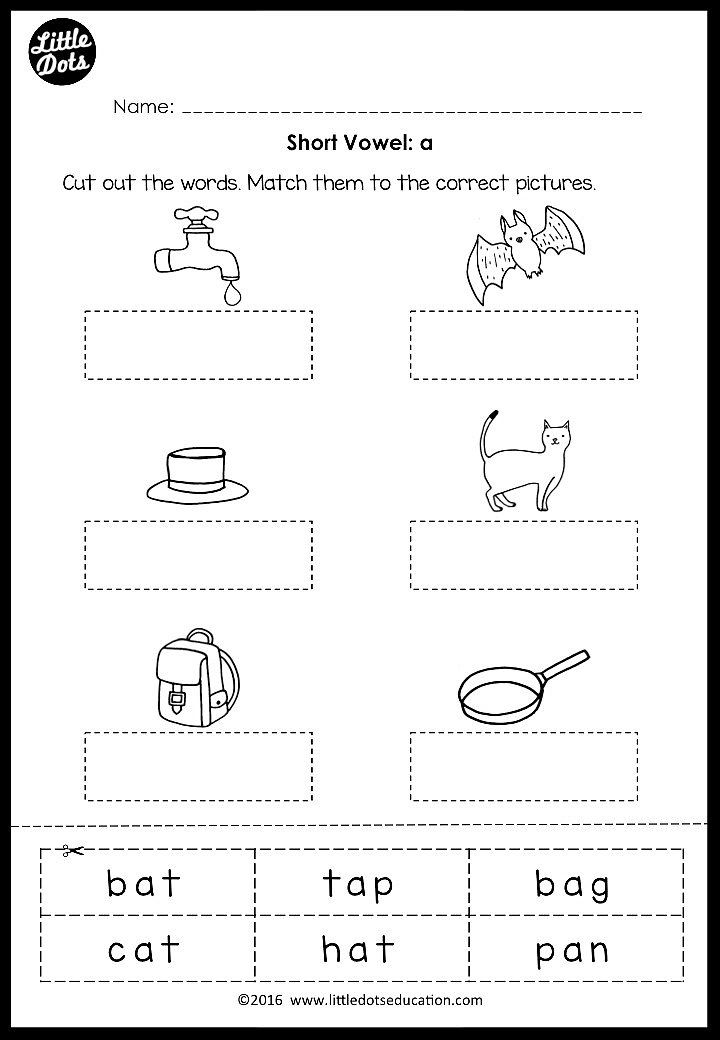 Depending on your student’s level, they may benefit from shadowing the audio/video without a transcript. While understanding all the vocabulary has its benefits, the focus here is on listening and imitating the sounds.
Depending on your student’s level, they may benefit from shadowing the audio/video without a transcript. While understanding all the vocabulary has its benefits, the focus here is on listening and imitating the sounds.
3. Fill in the Blanks
Better suited for children or beginner adults.
Fill in the blanks is perhaps one of the easiest and most effective activities for younger students. Everyone loves learning from images, and there’s a wealth of worksheets available online.
Prepare some easily recognizable images of things that have short vowel sounds. The words don’t have to be only three letters, but they must be suitable for the level of your students.
Create sentences with the short vowels blanked out that the students can easily guess with context, using the image. Be sure to put blanks in each short vowel so they can count the sounds.
After they’ve written their phrases, they can compare in pairs or groups and read aloud to practice the sounds.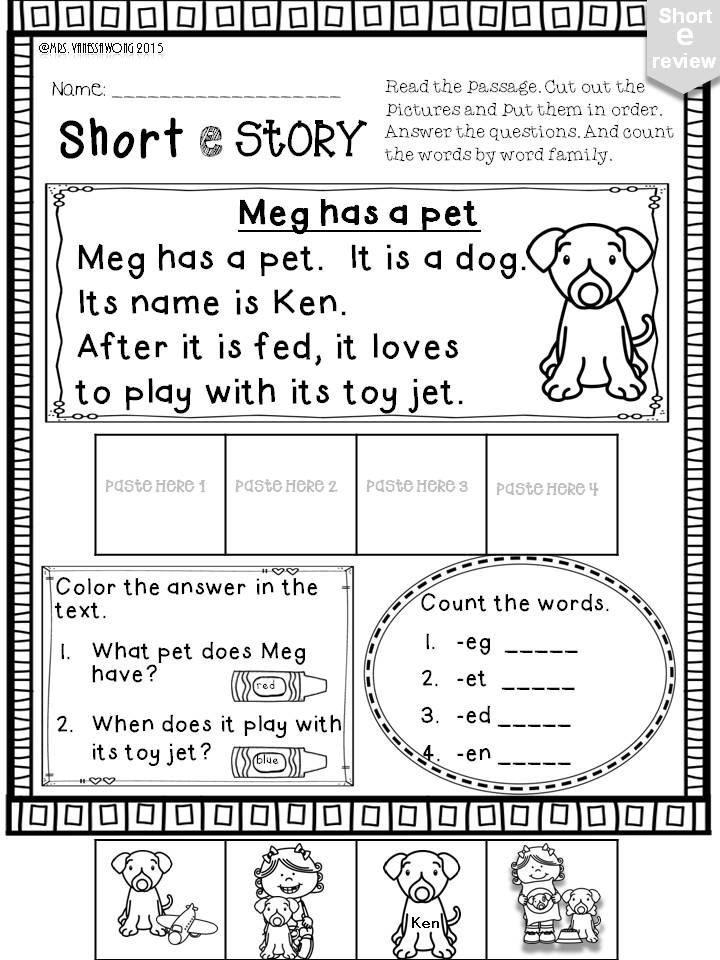
Some phrases you could use:
- My pig is in the mud.
- The dog is on my bed.
- I go to the park in a car.
- The sun is very hot.
- The frog is on the log.
4. Minimal Pairs Bingo
Suitable for children or adults.
Minimal pairs bingo is an excellent activity for all ages and levels because you can easily adjust the words you use to suit your students.
For this activity, you’ll focus on two similar short vowel sounds using a bingo-style card of 25 squares. Before starting, tell each student to put each word in any square of the card.
Once they’ve done that:
- Ask one student to pick a word from a hat (you’ll have to cut them up beforehand) and read it to the class.
- The students should then cross out that word on their cards.
- Continue until a student has crossed out a complete row of 5 consecutive squares (vertically, horizontally, or diagonally).
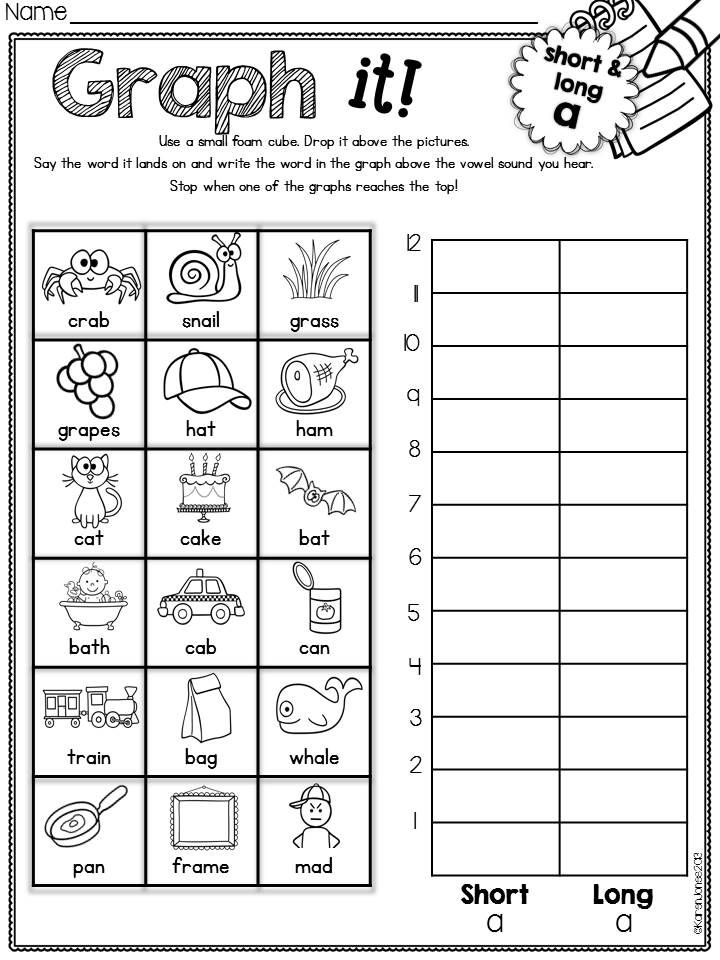 The winner has to yell “bingo!”
The winner has to yell “bingo!” - After a student gets bingo, they should read back the words out loud for pronunciation practice.
You should keep track of the words you draw to check the winner’s card at the end.
5. Dictation
All ages and levels.
Spelling should improve as well as pronunciation when learning short vowels. Dictation serves to make that happen, and it’s easily adjusted to all ages and levels.
You can make standard dictation more exciting by putting students into groups or even making it a little more competitive with a time limit or something similar, which can also work well for a single student.
- Give everyone a piece of paper or mini whiteboard.
- Dictate words at a steady pace, repeating each once.
- Check all words and correct spelling where necessary.
- Dictate another round of new words slightly faster without repeating.
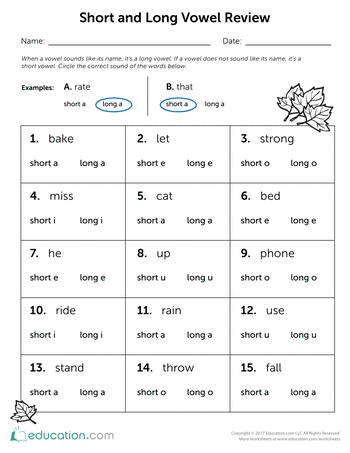
- Try moving onto sentences if they find it too easy.
6. Scrabble-style Phonics Game
Better suited beginners and young learners.
Memorizing pronunciation rules is usually challenging for most students learning short vowel sounds, but putting what they’ve learned into practice can be even more difficult.
This scrabble-style phonic game is a hit among beginner and young ESL students. Teachers present a short vowel sound, and students have the chance to get creative with the words they come up with.
- Give your students their sheet of letters. You can even design your own but make sure to exclude vowels.
- Give them a vowel (or more if you want to do bigger words).
- Student draws two or more letters and dictates the words they make. Then you list which words are real vs. not real.
- Students get the points for the corresponding letters.
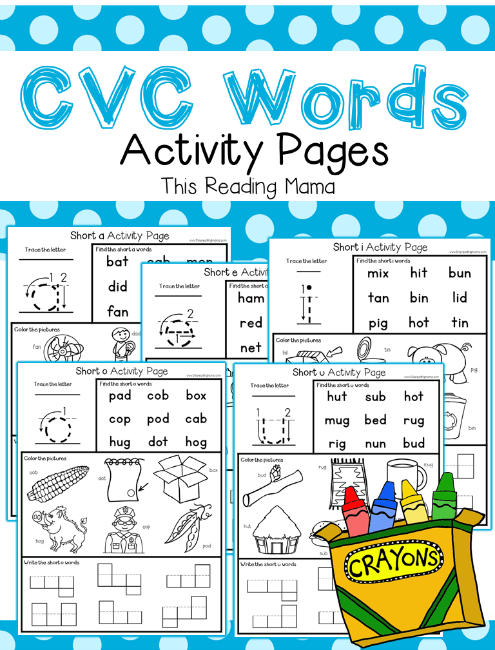 The point system is often an encouragement.
The point system is often an encouragement.
7. CVC Dice Game (consonant-vowel-consonant)
Children or adults of beginner level (A1/A2).
You can use real dice with a chart of vowels or print a premade set for this activity. Similar to the scrabble-style activity, the focus here is on the student using the short vowel sounds, not vocabulary.
There are two ways you can approach this activity:
- Using real dice with a corresponding chart of vowels.
- With a premade set of consonant and vowel dice.
With Real Dice
- Set a vowel for each face of the dice
- Give the students two consonants
- Students roll the dice (two if you want bigger words)
- They create as many CVC words as they can and say them out loud at the end
Premade Consonant Dice
You can adjust this for more advanced students by allowing them to create bigger words using the two consonants, as long as they follow the CVC format.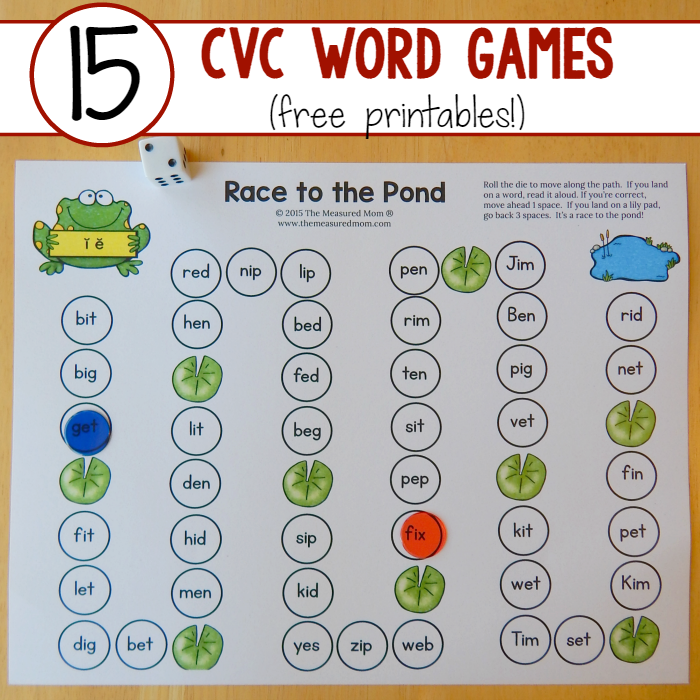
- Students continuously roll the dice (for a predetermined amount of time) and write down all the words they create.
- The students read their words out loud at the end while you note which aren’t real words.
Beginners may make some silly words, but that’s fine; the importance is that they use the short vowel sound out loud.
8. Read Dr. Seuss
Better suited for children, but some adults of beginner/intermediate levels may enjoy it.
Who hasn’t read Dr. Seuss and loved the rhymes and illustrations? The books are designed to teach kids the simplest way possible, so the catchy and memorable rhymes are perfect for helping students practice and remember vowel sounds.
These three Dr. Seuss books are considered the best for learning vowel pronunciation:
- Oh Say Can You Say
- Fox in Socks
- Hop on Pop
Remember to bring attention to, or mark, the words with short vowel sounds so the students can write them down and practice them.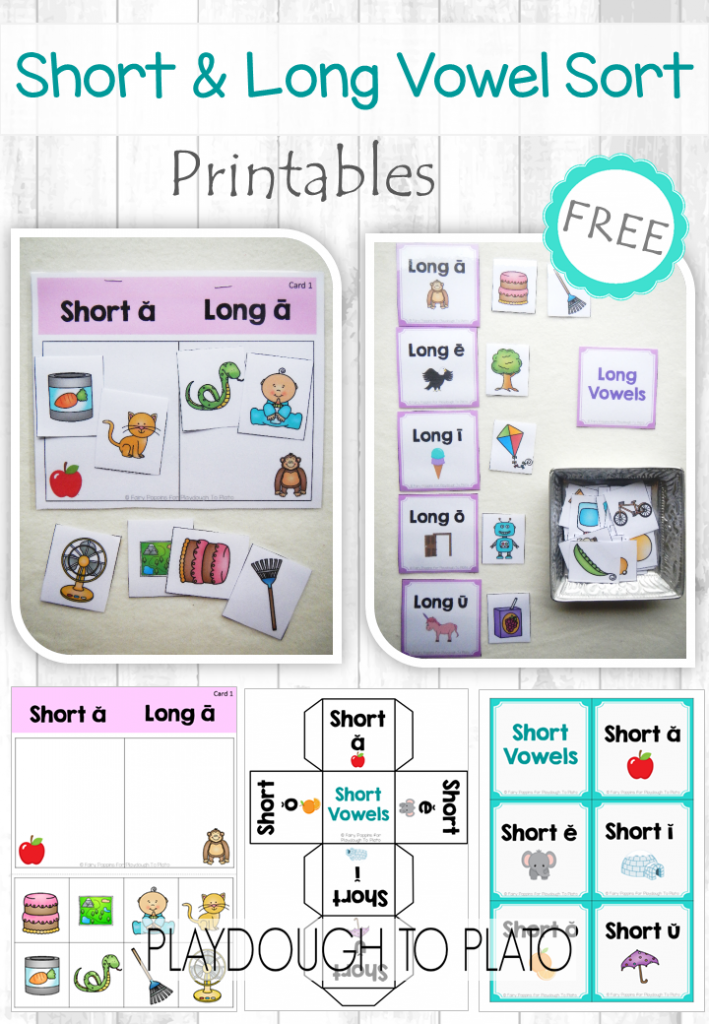
Conclusion
You can easily adjust all these activities to suit online and one-on-one classes, no matter your teaching style, so there’s something here for everyone.
Students will gain confidence with time and a few different activities and soon look forward to pronunciation-focused classes without nerves or overthinking!
The proof of the progress is in the pronunciation, and our free worksheets are an excellent way to get students to practice at home and solidify what you’ve taught them in class.
Articulation tension.
Features German articulation base
Listen monologue. What are the features of the German speeches could you mark?
Sound system german characterized by more intense articulation compared to Russian. it finds expression in the breath of such sounds like [ t , p , k ], in more intense noise of deaf fricative sounds [ f , s , x ].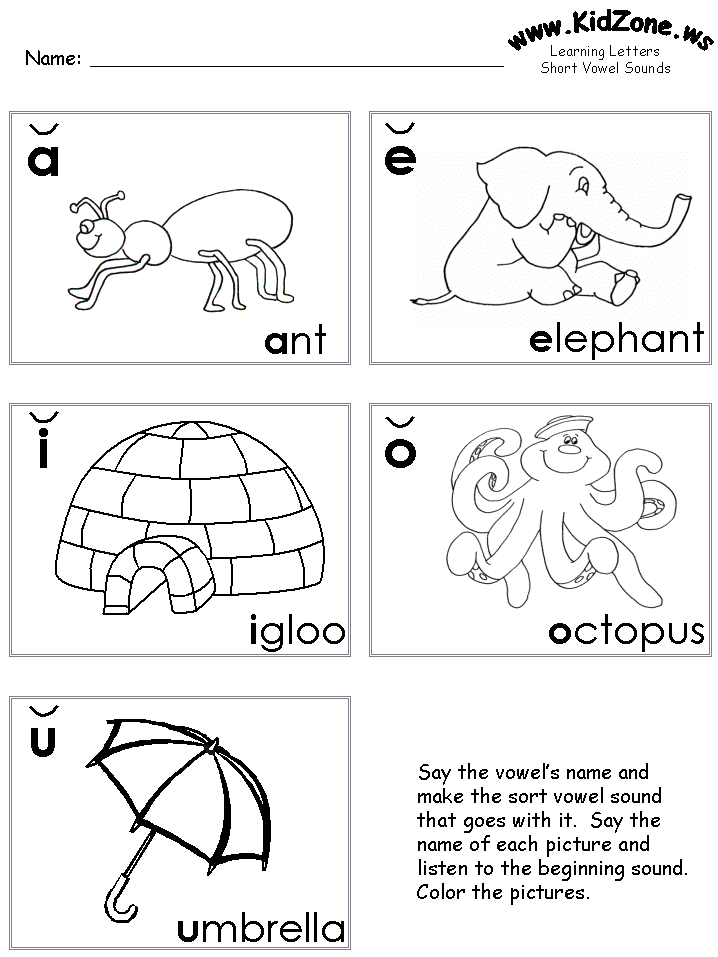
-
Lip mobility.
Lips play big role in the formation of German sounds. They can be drawn out [u, u:, y, y:, o:, Ø:] and strongly rounded [כּ, œ], can take on an oval, neutral position and be slightly stretched in half smile [i:, e:].
The upper lip is very active. When making sounds, it behind the upper teeth. In Russian upper lip passive: [f, v] - f, c.
-
Advance language forward.
Main part articulation takes place in the front areas of the oral cavity. In German. 9 front vowels and 11 front lingual consonants. Therefore, the language is prepared in advance to the production of basic movements and is moving forward. At the same time, the tip tongue touches the anterior lower teeth. This position of the tongue is called contact and characteristic of articulation all vowels and most consonants.
-
Activity of the lower jaw.
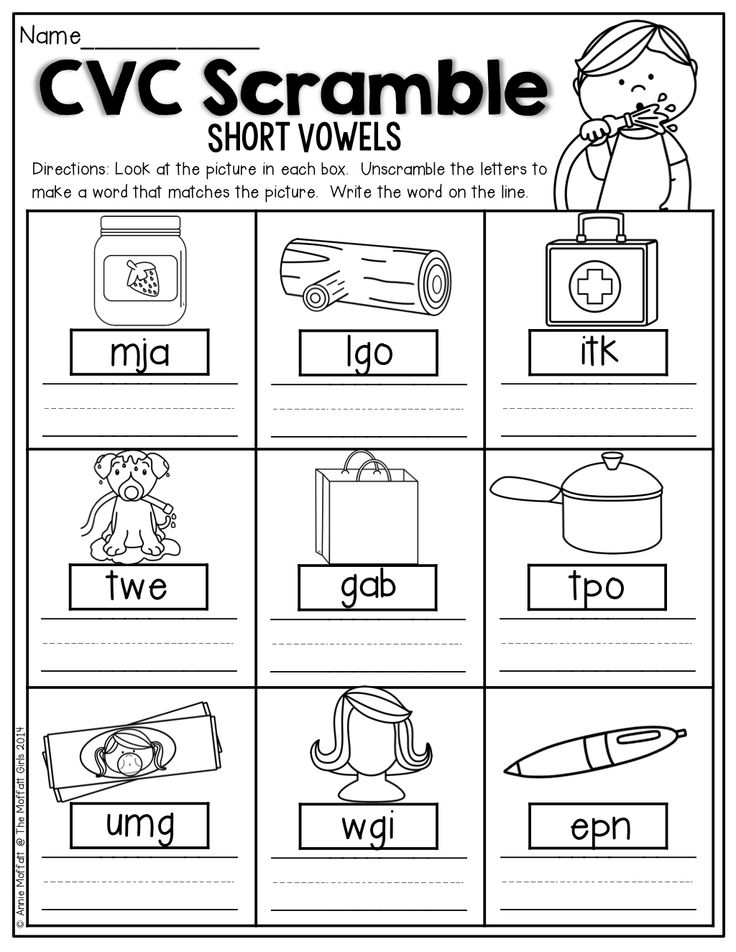
Lower jaw rises and falls more sharply than in Russian language. For German more wide opening of the mouth (when pronouncing open vowels) [α:, h, g, k].
Due to the fact that each language has its own articulatory environment and certain movements of the active organs of speech apparatus, then when mastering foreign language. speech apparatus needs to be adjusted for these movements. This purpose is served articulation gymnastics.
Articulating gymnastics
-
Open your mouth wide and close, keeping contact position of the tongue. Corner mouth opening equal to the width of two fingers [α:].
-
Rotation of the tongue on the inside anterior teeth.
-
The mouth is open to the width of the thumb, lips in an oval position, corners of the mouth tense, tip of tongue in contact position [כּ].
-
The position of the speech apparatus as in whistle.
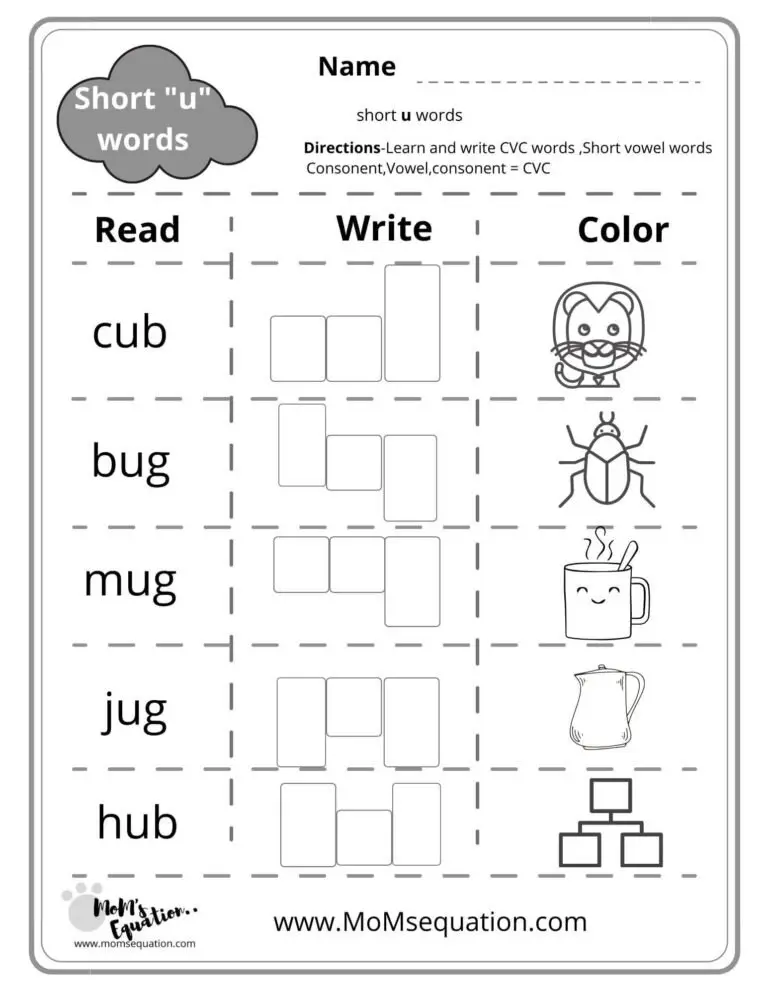 tongue in contact position the back of the tongue is strongly retracted back [y:].
tongue in contact position the back of the tongue is strongly retracted back [y:]. -
Tube [u:].
-
Alternate touching with the tip of the tongue alveoli of upper and lower teeth [nα:].
-
Upper lip lift [pf].
Features German vowels versus vowels Russian lang.
In German. clearly short and long vowels are distinguished. In addition, longitude and brevity in German. has a meaningful meaning what is not in Russian. lang.
cam – Kamm
Saat – satt
German vowels are pronounced with an attack, i.e. strong respiratory impulse. Vocal cords form a tight closure, which with noise blown through by air.
german vowels, especially long ones, pronounced with great muscular tension: [i:], [e:], [E:], [o:], [u:], [y:], [Ø:].
German Rhythm syllable is different from the Russian rhythm syllable (jumping, not smooth): mutter, vater, Touch-ter
Mother dad sister
In German.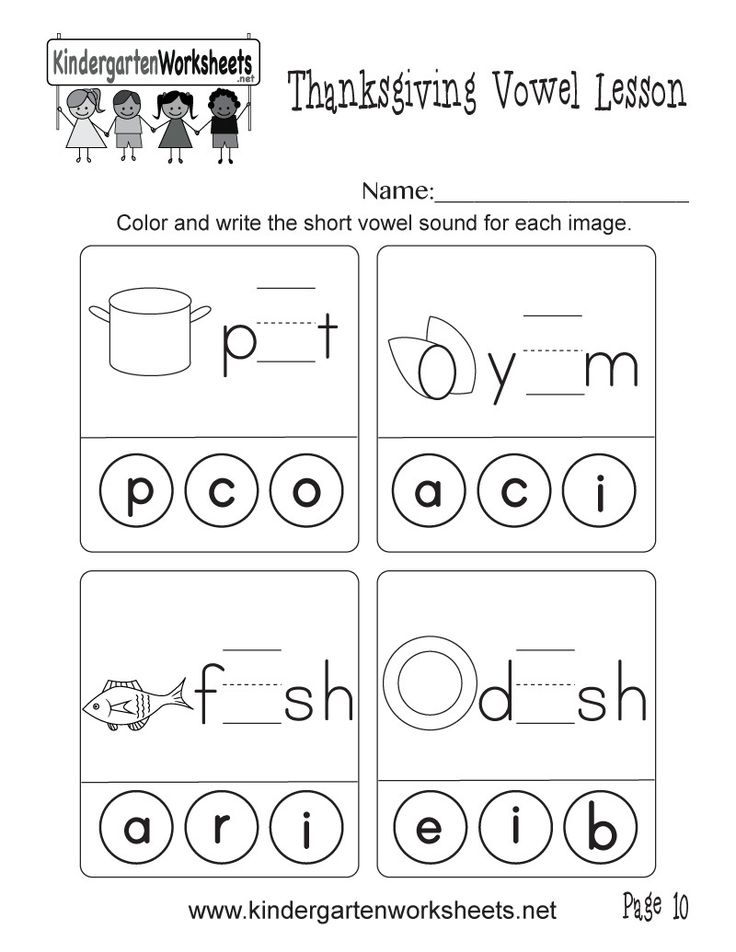 row vowel combinations form diphthongs: ei -[ai], au [aכּ], eu, au [כּi],
row vowel combinations form diphthongs: ei -[ai], au [aכּ], eu, au [כּi],
combination of two identical vowels read as one long sound: her [e:], oo [o:], aa [α:],
"i" combination followed by "e" forms a long vowel [i:] – Ziege,
"h" combination followed by a vowel forms a long vowel: eh oh, ah, uh, ieh
ie- liegen, lieben, bieten ei – mein, dein, sein, reisen
au- Haus, Maus, raus eu, äu - treu, scheu, Leute, Häuser, Mäuser
eh, oh- sehen, roh ah, uh-mahnen, Uhr
vowel sounds (under record) differ in the position of speech organs: by the position of the lips, by the position tongue, along the jaw angle.
English phonetics - English language rules on the website YES
English phonetics is fundamentally different from the phonetics of our native language. When discussing it, attention is usually paid to the so-called non-equivalent sounds, for example, [ θ ] , [ð] , [ŋ] , [w] etc.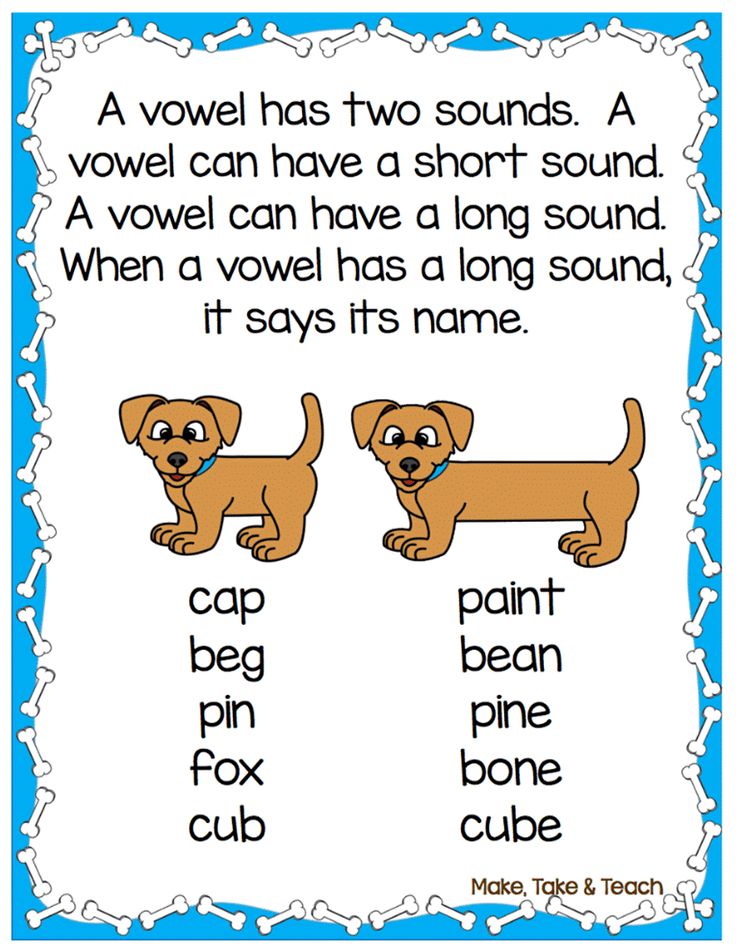 , i.e. those that are not in the Russian language at all. However, the truth is that only two English sounds are pronounced exactly like their Russian equivalents. These are the sound [m] , which is fully equivalent to Russian [m] , and the sound [ʃ] , which also sounds like [sh'] (i.e. soft [u] , not hard [w] ). All other sounds - consonants and especially vowels - sound at least a little, but still different. Therefore, mastering the correct English pronunciation is not an easy task. What do you need to know to learn to speak English with a minimal accent?
, i.e. those that are not in the Russian language at all. However, the truth is that only two English sounds are pronounced exactly like their Russian equivalents. These are the sound [m] , which is fully equivalent to Russian [m] , and the sound [ʃ] , which also sounds like [sh'] (i.e. soft [u] , not hard [w] ). All other sounds - consonants and especially vowels - sound at least a little, but still different. Therefore, mastering the correct English pronunciation is not an easy task. What do you need to know to learn to speak English with a minimal accent?
Consonants
When studying how to correctly pronounce the consonants of the English language, first of all, you need to take into account the phonetic phenomena that occur in English and are absent in Russian. The first of these is aspiration (breathing) on the sounds [k] , [g] , [p] , [b] , [t] and [d] .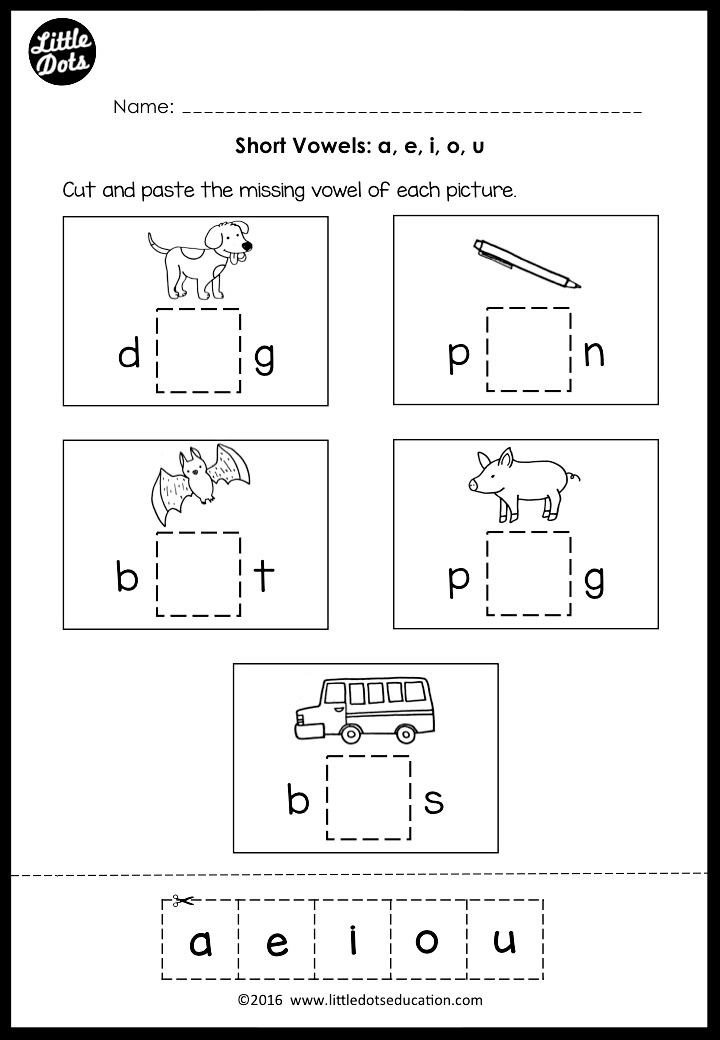 Unlike their Russian equivalents, these English sounds are explosive. They are pronounced with great effort, with more energy than the corresponding sounds of the Russian language. When they are pronounced, a tangible stream of air comes out of the mouth. If you light a candle and place it 5-6 centimeters from your mouth, its flame should fluctuate noticeably when these sounds are made. Aspiration on voiceless consonants ( [k] , [p] , [t] ) is more active than on their paired voiced ones ( [g] , [b] , [d] ). The strongest aspiration occurs when pronouncing the sound [p] . The character of the American cartoon named Donald Duck ( Donald Duck ), being angry, literally spatters when he pronounces the sound [ p ]. Those. under the influence of emotion, his aspiration becomes so strong that saliva flies from his mouth.
Unlike their Russian equivalents, these English sounds are explosive. They are pronounced with great effort, with more energy than the corresponding sounds of the Russian language. When they are pronounced, a tangible stream of air comes out of the mouth. If you light a candle and place it 5-6 centimeters from your mouth, its flame should fluctuate noticeably when these sounds are made. Aspiration on voiceless consonants ( [k] , [p] , [t] ) is more active than on their paired voiced ones ( [g] , [b] , [d] ). The strongest aspiration occurs when pronouncing the sound [p] . The character of the American cartoon named Donald Duck ( Donald Duck ), being angry, literally spatters when he pronounces the sound [ p ]. Those. under the influence of emotion, his aspiration becomes so strong that saliva flies from his mouth.
Aspiration on a sound is stronger if it is at the beginning of a word, and weaker if it is at the end.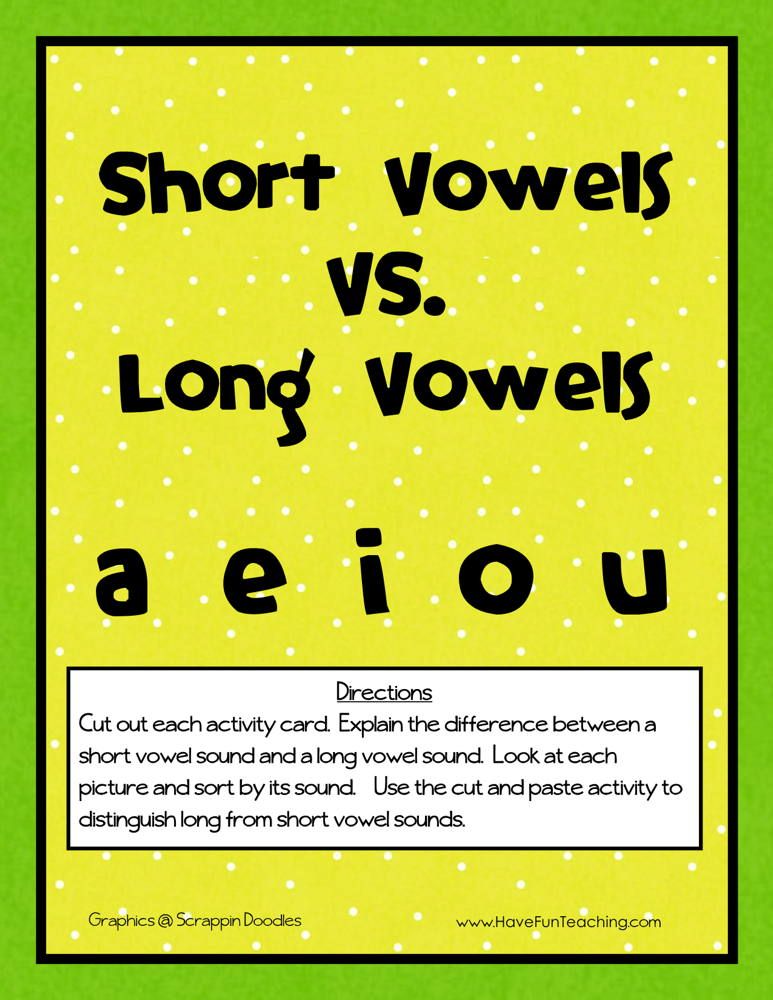 For example, in the word Duck [d] is pronounced with a relatively more active aspiration than [k] .
For example, in the word Duck [d] is pronounced with a relatively more active aspiration than [k] .
Lack of aspiration instantly betrays a foreigner. Therefore, it is necessary to take into account this phonetic feature and pronounce the above sounds with aspiration when speaking in English. On the other hand, some of these sounds are not always pronounced with aspiration. Breathe on [p] and [t] are lost if they are preceded by the sound [s] , as in speak and steal . The sound [k] is pronounced without aspiration before the sound [t] , as, for example, in the word select .
In addition, if in the phrase the first word ends with [t] or [d] , and the second one begins with [t] or [d] , then the aspiration on the first of this pair of sounds disappears, and remains only on the second. Two sounds seem to "stick together" into one. In this case, before pronouncing this "glued" sound, there is a small pause.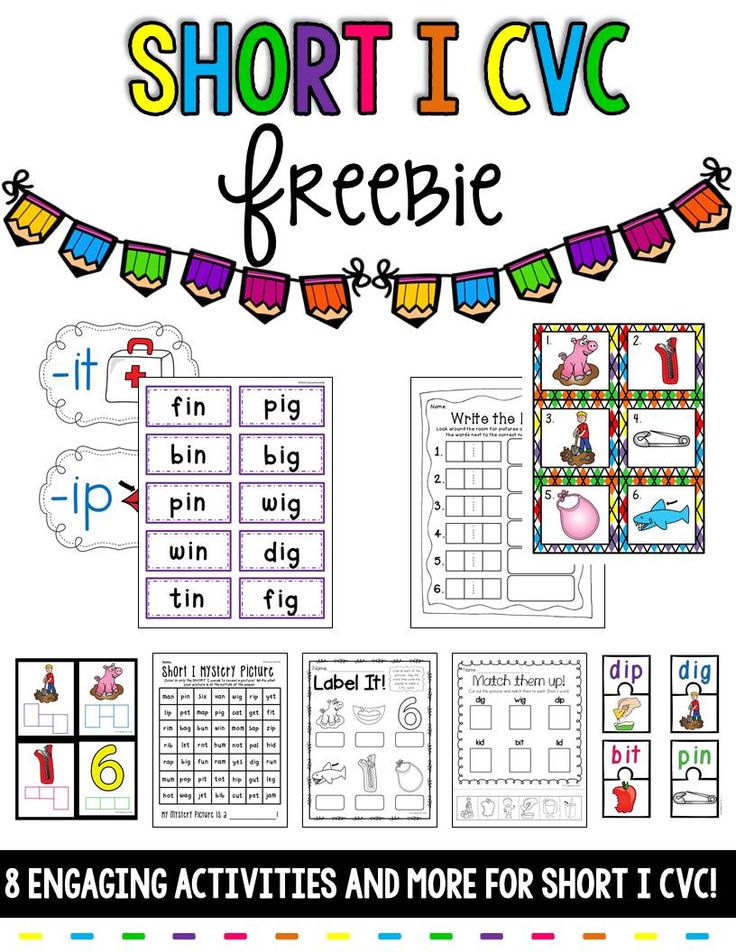 So what time sounds [wɔ'tɑim] , what day sounds [wɔ'dei] , bad times sounds [bæ'tɑimz] , and sounds dream'903 :m] . (Here, the apostrophe in the transcription denotes a short pause.) Only a long conversational practice will allow you to use the aspiration exactly where it is needed and exactly the strength that is required.
So what time sounds [wɔ'tɑim] , what day sounds [wɔ'dei] , bad times sounds [bæ'tɑimz] , and sounds dream'903 :m] . (Here, the apostrophe in the transcription denotes a short pause.) Only a long conversational practice will allow you to use the aspiration exactly where it is needed and exactly the strength that is required.
English [f] and [v] also sound more punchy than Russian [f] and [v] . When pronouncing such words as fine and very , for example, a larger air flow in terms of volume and activity passes between the lower teeth and upper lip compared to the way of pronouncing the Russian words fact or army.
The same applies to the sounds [s] and [z] : they are also pronounced a little more actively than the Russians [s] and [з] , but in their case, only barely noticeably more active.
Another important phonetic difference between English and Russian is that when pronouncing the sounds [n] , [l] , [t] , [d] , [ʧ] and [ʤ ] the tip of the tongue rests against the alveoli, and not against the back wall of the upper teeth, as happens with the Russian equivalents of these sounds.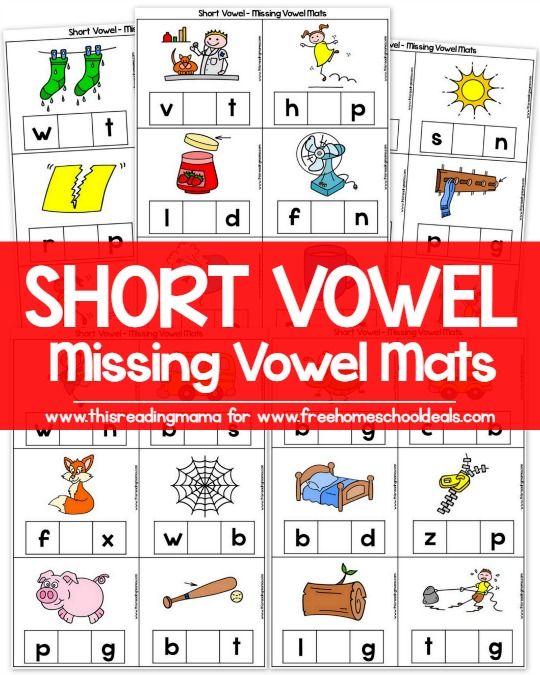 (If you draw the tip of the tongue across the palate from the upper teeth back, deep into the larynx, then small tubercles will appear on its way. These are the alveoli.) The tip of the tongue on the back wall of the upper teeth when pronouncing these sounds is another element of the Russian accent, which without labor is recognized by a native English speaker. It seems that there is nothing special in such a simple word as, for example, the word like. But no, it is not pronounced at all [like] - both the first and last consonants in it sound completely different from those in Russian.
(If you draw the tip of the tongue across the palate from the upper teeth back, deep into the larynx, then small tubercles will appear on its way. These are the alveoli.) The tip of the tongue on the back wall of the upper teeth when pronouncing these sounds is another element of the Russian accent, which without labor is recognized by a native English speaker. It seems that there is nothing special in such a simple word as, for example, the word like. But no, it is not pronounced at all [like] - both the first and last consonants in it sound completely different from those in Russian.
Mastering the correct pronunciation of the sounds [j] and [h] can also create a lot of difficulties: they also bear little resemblance to their corresponding Russian sounds. [j] sounds much softer than Russian [й] . When pronouncing an English sound, the back walls of the larynx only slightly approach each other, and do not close, as happens with the Russian sound.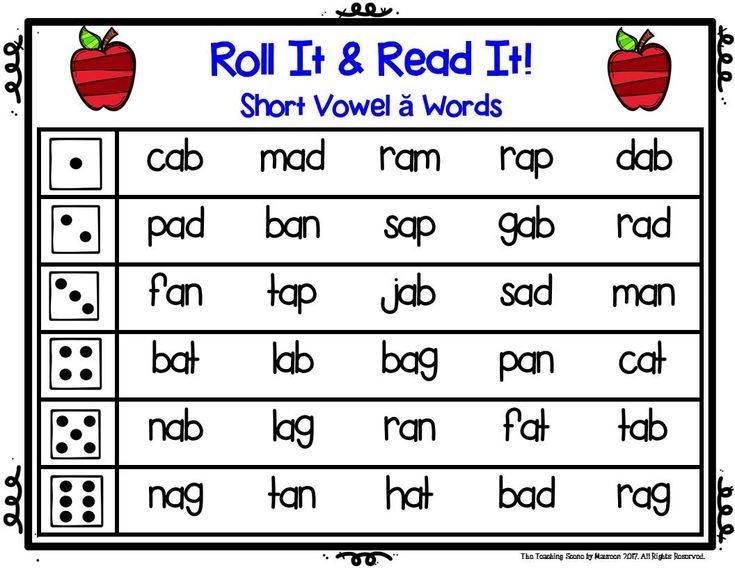 To practice soft 9 pronunciation0003 [j] it is recommended to pronounce such Russian words as "tree" or "hedgehog" with an English accent: [jolka] , [jozhik] .
To practice soft 9 pronunciation0003 [j] it is recommended to pronounce such Russian words as "tree" or "hedgehog" with an English accent: [jolka] , [jozhik] .
As for the sound [ h ] , it is also unlike the Russian [ x ] . It's not even a sound, but just breathing, a light exhalation. In some geographical areas, words such as home or happy do not even sound like [hɔum] and [hæpɪ] , but [ɔum] and [æpɪ ]. In other words, the sound [ h ] is not heard at all by some English speakers.
The nonequivalent consonants [θ] , [ð] , [ŋ] , and [w] are probably the most difficult to learn to pronounce. However, persistent training will allow you to master these sounds. The consonant [r] should probably also be classified as non-equivalent, since it only very remotely resembles the Russian sound [r] . In some English words ending in -r or -re , the sound [r] remains "mute" (i.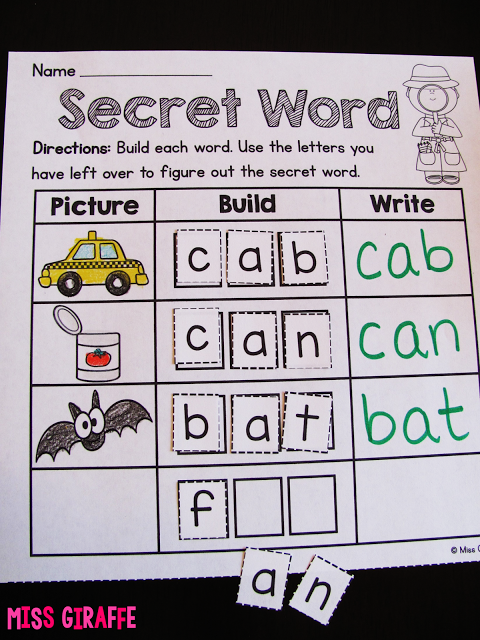 e. not pronounced) if the word following it begins with a consonant. However, the letter r takes on a sound form if the next word begins with a vowel. So car park sounds [kɑ pɑk] , where to sounds [wɛətu] , but car acciden t sounds [kɑræksɪd(ə)nt] , and where are you sounds [ wɛərɑju(:) ] . Moreover, the sound [r] can sometimes appear at the junction of words, even if the first of them does not end in -r or -r e , but the second begins with a vowel. For example, when opening a court session, the judge says Law and order ! So this statement sounds [lɔrəndɔdə] . This is the so-called "intrusive" (intrusive) [r] .
e. not pronounced) if the word following it begins with a consonant. However, the letter r takes on a sound form if the next word begins with a vowel. So car park sounds [kɑ pɑk] , where to sounds [wɛətu] , but car acciden t sounds [kɑræksɪd(ə)nt] , and where are you sounds [ wɛərɑju(:) ] . Moreover, the sound [r] can sometimes appear at the junction of words, even if the first of them does not end in -r or -r e , but the second begins with a vowel. For example, when opening a court session, the judge says Law and order ! So this statement sounds [lɔrəndɔdə] . This is the so-called "intrusive" (intrusive) [r] .
Vowel sounds
The situation with English vowels does not look simpler: they are not all the same as the sounds of the Russian language, and are only remotely similar to them.
Vowels in English are:
1) long and short;
2) open and closed;
3) front and rear.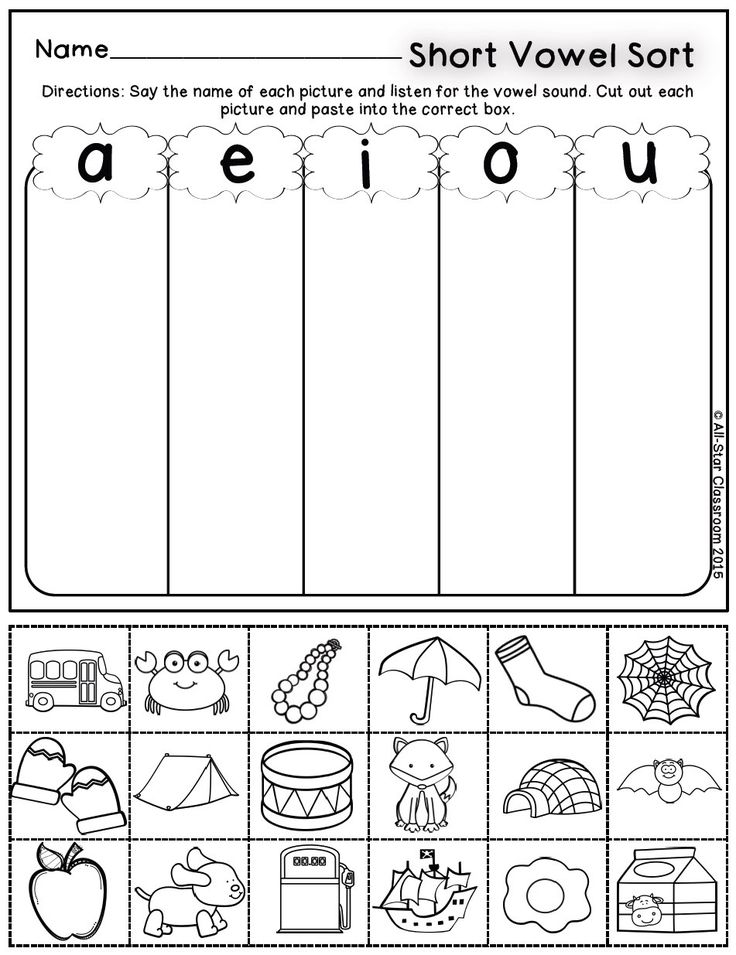
Each sound has one or the other of these three characteristics.
Sound [æ] ( bad , cat , map , etc .). This designation in phonetic slang is called "frog".
It is a long, open, back vowel. The easiest way for a native speaker of Russian to learn how to pronounce this sound correctly is in the following way: you need to open your mouth so as to pronounce Russian [a] while trying to pronounce Russian [e] .
Sound [e] ( bed , dread , set , etc. ).
It is a short, closed, front vowel. When pronouncing this sound, the mouth is only slightly ajar. Unlike the previous sound produced in the depths of the larynx, the sound [e] is born in the region of the teeth.
Sound [ə:] ( bird , burn , perk , etc .).
It is a long, closed, front vowel. It is a bit like the vowel in the Russian word "honey", but it is longer and is formed closer to the teeth.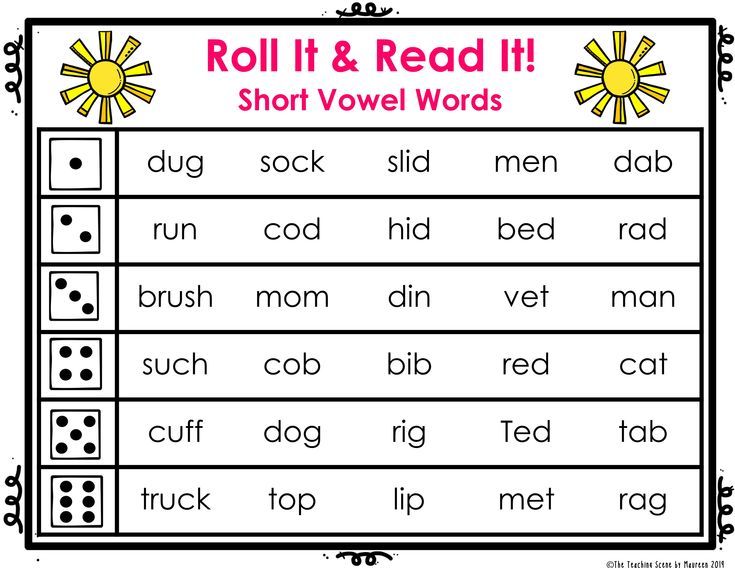
Sound [ɑ] ( bar , arch , barn , etc .).
It is a long, open, back vowel. It is a bit similar to the Russian sound [a] in the word "guy", however, to pronounce it correctly, you need to "push it down the throat" as deep as possible. It is the backmost of all the vowels in English.
Sound [o:] ( call , door , more , etc .).
It is also a long, open, back vowel. It is somewhat similar to Russian [o] in the word "borscht", but, again, it is produced more deeply in the throat.
Sound [ʌ] ( but , hum , plug , etc .). This phonetic symbol is called "a lid".
It is a short, closed, front vowel. It is produced just behind the teeth, i.e. much closer to the lips than the Russian sound [a] . When pronouncing it, the mouth does not open wide.
Sound [ɔ] ( pot , clock , cod , etc .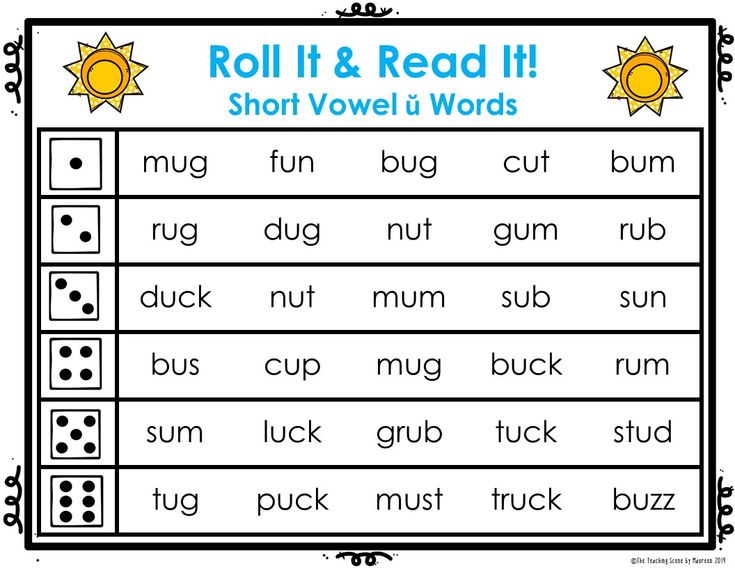 ).
).
It is also a short, closed, front vowel. It is also produced much closer to the teeth than the Russian sound [o] . It should be noted that this sound is very similar to the previous one in its sound. In the speech of some native English speakers, it is impossible to distinguish the word " cup " from the word " cop " without context. Those. for many (especially Americans) these words sound completely identical.
Sound [u:] ( shoe , approve , doom , etc .).
It is a long, closed, front vowel. Russian sound [y] is back, while this English sound is the most forward of all existing: it is produced in the lip area.
Sound [ u ] ( look , loop , push , etc .).
It is a short, closed, front vowel. It, like the previous sound, is formed on the lips, but it sounds noticeably shorter.
Sound [i:] ( meet , beat , complete , etc .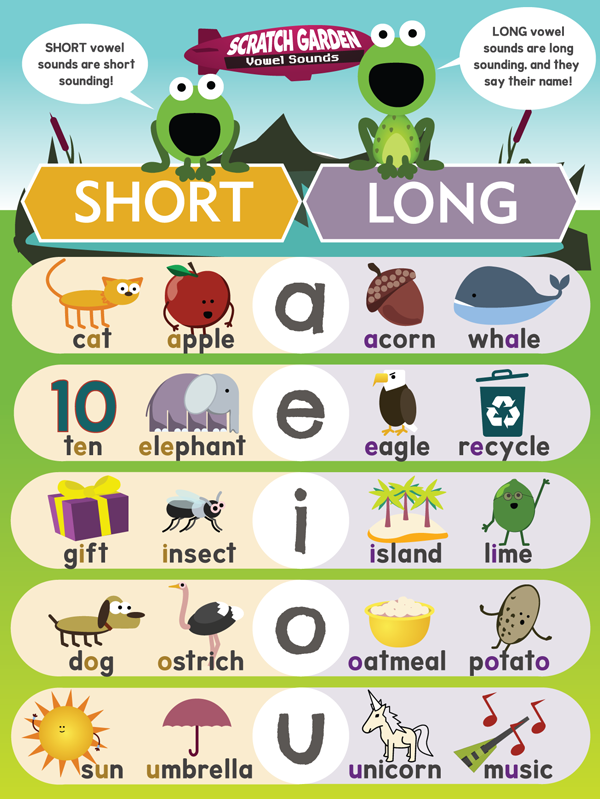 ).
).
It is a long, closed, front vowel. To pronounce this sound, you should stretch the corners of your mouth, which we do not do when pronouncing Russian [ and ] . This English sound is produced in the region of the teeth.
Sound [ɪ]
It is a short, closed, back (or rather, middle) vowel. It is closer to the Russian sound [ы] than to [i] . It is produced somewhere in the middle of the larynx.
In English, there is such a phonetic phenomenon as vowel truncation ( vowel check ). If a long vowel is followed by sounds [p] , [t] or [k] , then the length of this vowel is reduced (it is truncated), but there is a small pause between the end of its sound and the beginning of the sound of the next consonant. For example, the length of the vowel in the words leak and lick is not so different, but the first word sounds longer than the second precisely due to the pause: [li’k] vs.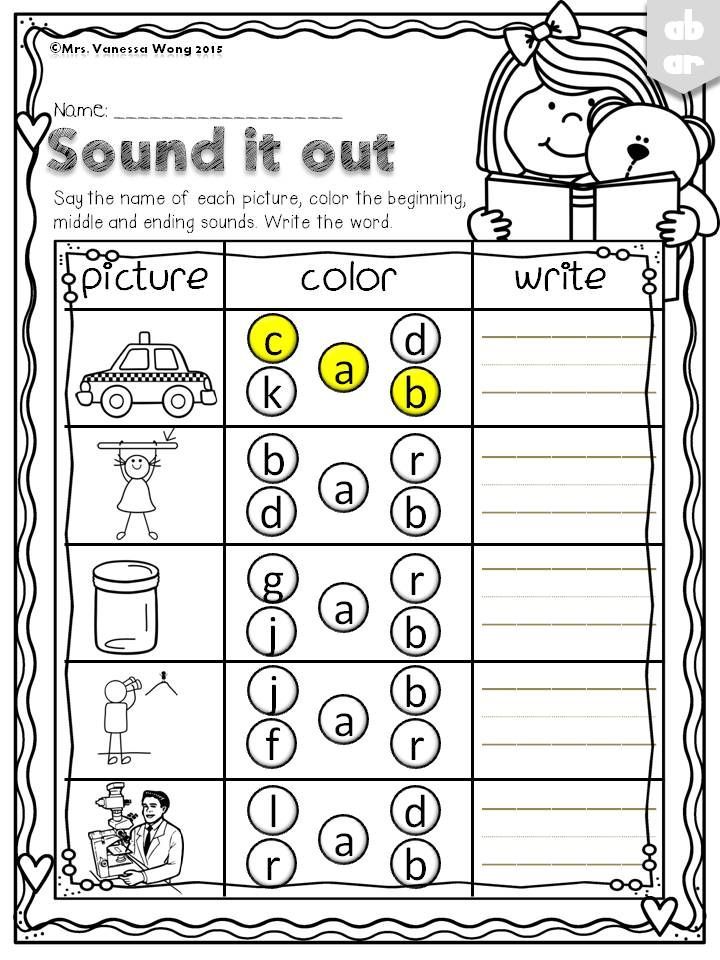 [lɪk] .
[lɪk] .
Sound [ə] ( better , forever , apart , etc .). This vowel is called schwa vowel in English.
This is a neutral vowel: it is short, closed, front. It would be more correct to call this sound an “unstressed vowel”: almost any English unstressed phoneme is transmitted by this sound. The exception is words ending in the suffix -ly or -ry. So, in words likely and preliminary , the last unstressed vowel is [ɪ] .
In addition, there are also diphthongs in English ( [ju:] , [ei] , [ɑi] , [ɑu] , [ɔi]
4, [i004] ] , [ɛə] and [uə] ) and even triphthongs ( [juə] , [ɑiə] and [ɑuə] , which is not at all in Russian),
The arrogant English claim that no one on Earth, with the exception of the Dutch, can learn to speak English without an accent. However, experienced teachers of the YES Center for Foreign Languages try to refute this statement and give students the pronunciation in such a way that, with a certain diligence, they may well pass for the British (or Americans, which is also not bad).